Conservation
Since 1982, the High Desert Museum has been a leading conservation steward in Central Oregon and the broader High Desert region.
The Museum approaches conservation from multiple angles including live animal exhibits and programs, daily interpretive talks, educational programs, rotating and permanent exhibits, internal and external conservation projects and partnerships with outside organizations.
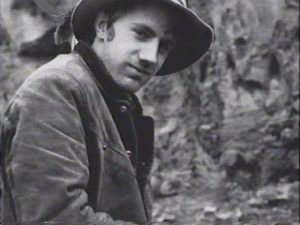
The Museum is dedicated to building and sustaining a world
where people, wildlife and landscape thrive together.
Wildlife and wild places in the High Desert region are experiencing unprecedented threats caused by climate change, human population growth and associated habitat loss. By encouraging visitors to develop empathy for our region’s wildlife, people can learn to protect the species with whom they share the landscape. These moments of deep connection wherein the Museum “wildly excites and responsibly teaches” sparks community support for conservation initiatives and are built into our vision and mission.
Conservation efforts: What we do
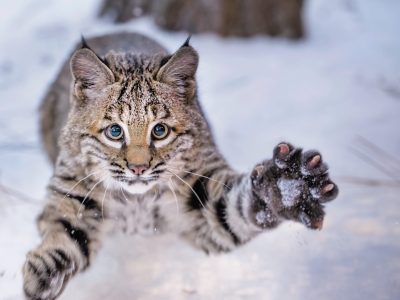
Wildlife Programs and Initiatives
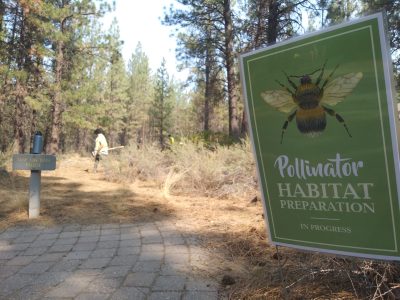
Habitat Restoration and Rehabilitation
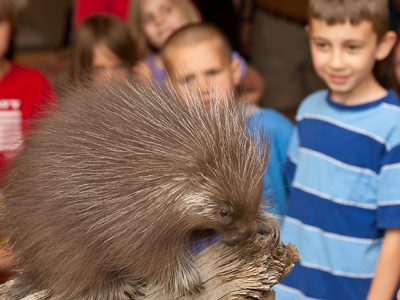
Education and Outreach
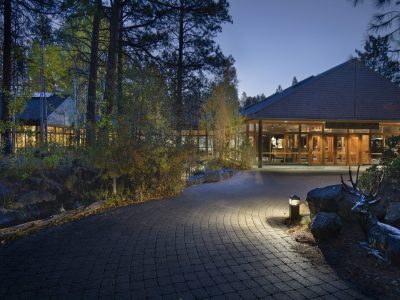
Going Green Programs
Conservation priorities: Who we are
The Museum is dedicated to supporting healthy habitats for animals in the wild. The five priorities listed below, which are aligned with the Oregon Conservation Strategy, guide the Museum’s conservation programs and coincide with the Museum’s mission: to promote and encourage conservation efforts “through innovative, interdisciplinary experiences, creating connection to and dialogue about the High Desert.”
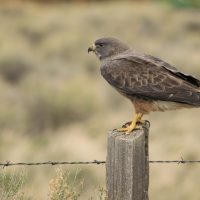
Changes in Land Use
Human relationships to the High Desert’s landscapes have changed over the last several hundred years, including habitat fragmentation, fire suppression and invasive species. Today, the Museum promotes a reciprocal relationship with the land to consider the needs of all living things.
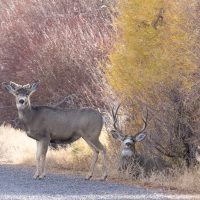
Coexisting with Wildlife and Their Habitats
Biodiverse ecosystems are essential for all living things to thrive in the High Desert. The Museum is a resource for people to connect with wildlife and develop empathy for their needs, which includes undisturbed habitats.

Invasive Species
High Desert ecosystems are suffering from the impacts of invasive plants and animals. The Museum uses exhibits, daily interpretation, signage, social media and public programs to educate visitors about the impacts of invasive species on native wildlife.
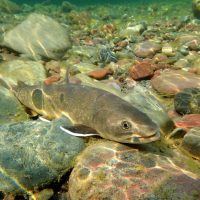
Climate Change
The burning of fossil fuels has caused an injection of carbon dioxide into the Earth’s atmosphere, leading to warming temperatures that are fundamentally changing life on this planet. As a trusted source of science information, the Museum is teaching visitors about the effects of climate change on High Desert ecosystems.
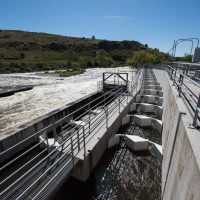
Water Quality and Quantity
In our region, extreme droughts caused by climate change and human withdrawals for agriculture and industry are causing depleted groundwater supplies, a decrease in water quality and a loss of habitat for wildlife. The Museum educates visitors and school groups about water quality and quantity issues.

